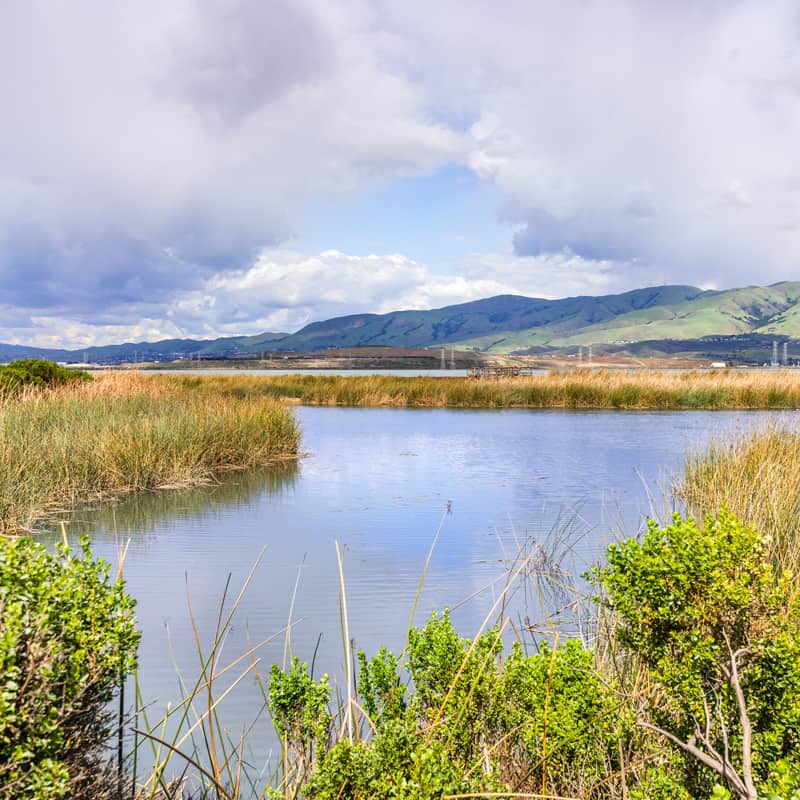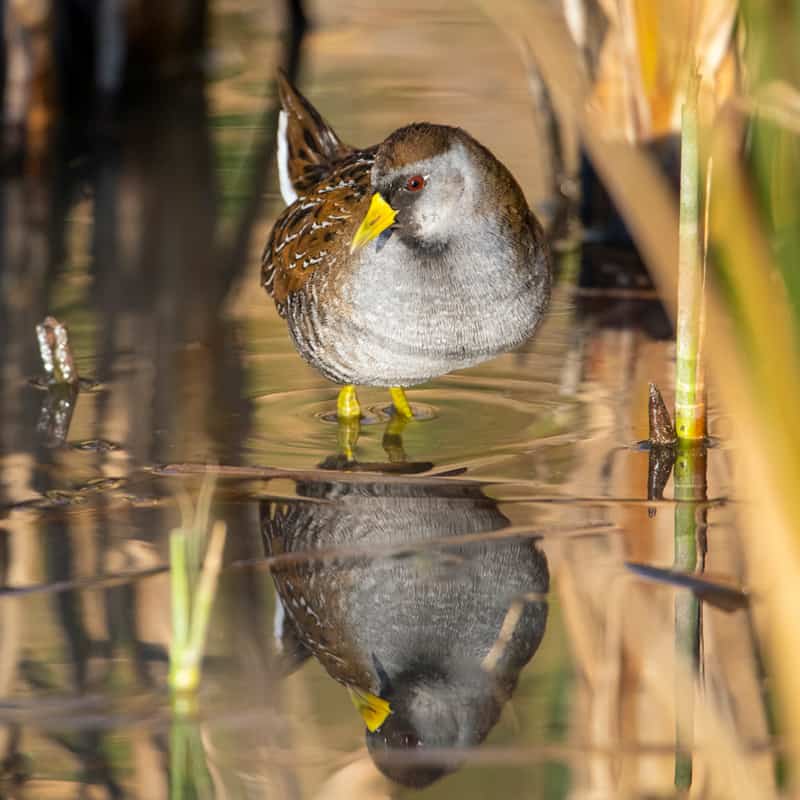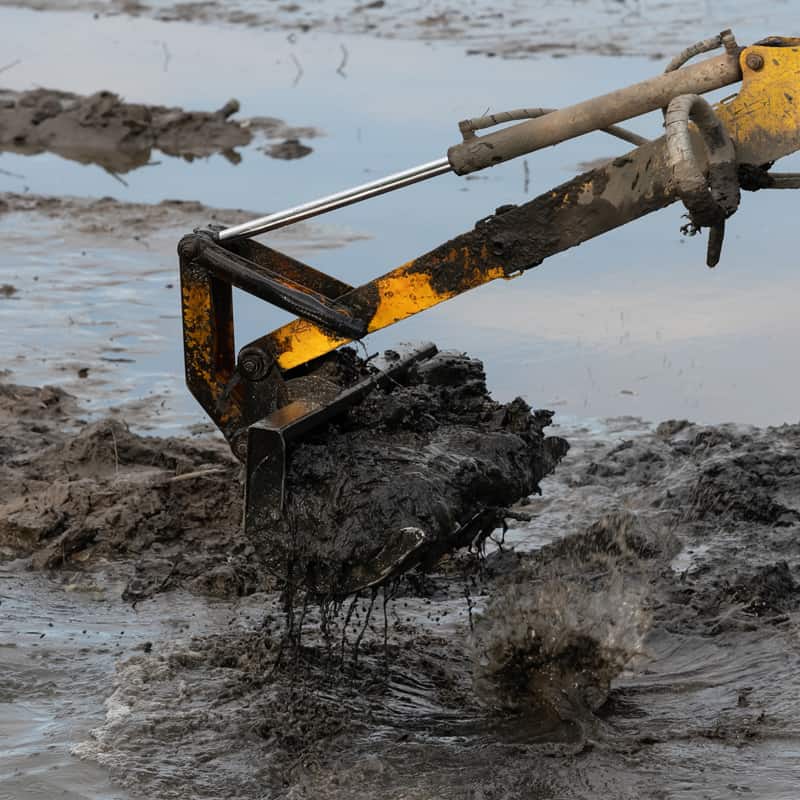Key Initiatives
Habitat Goals

Planning
The SFBJV will support projects that prioritize natural over built infrastructure, and which restore functional wetlands and ecosystem connectivity. The SFBJV will actively communicate the critical importance of wildlife and ecosystem health as key components for all planning efforts. Planning efforts should recognize that threats often create increased vulnerability for people. These efforts should seek opportunities to minimize negative impacts on and maximize benefits to communities.

Green Tape

Sediment
Region-wide sediment supply and distribution is frequently a limiting factor in habitat restoration. Current policies result in large quantities of clean, dredged sediment transported out of the estuary and dumped at a deep ocean “disposal” site. To address the projected sediment deficit in the Estuary beginning after 2030, studies have shown that we need to significantly increase the amount of sediment remaining in the system and used for beneficial purposes at restoration sites.

